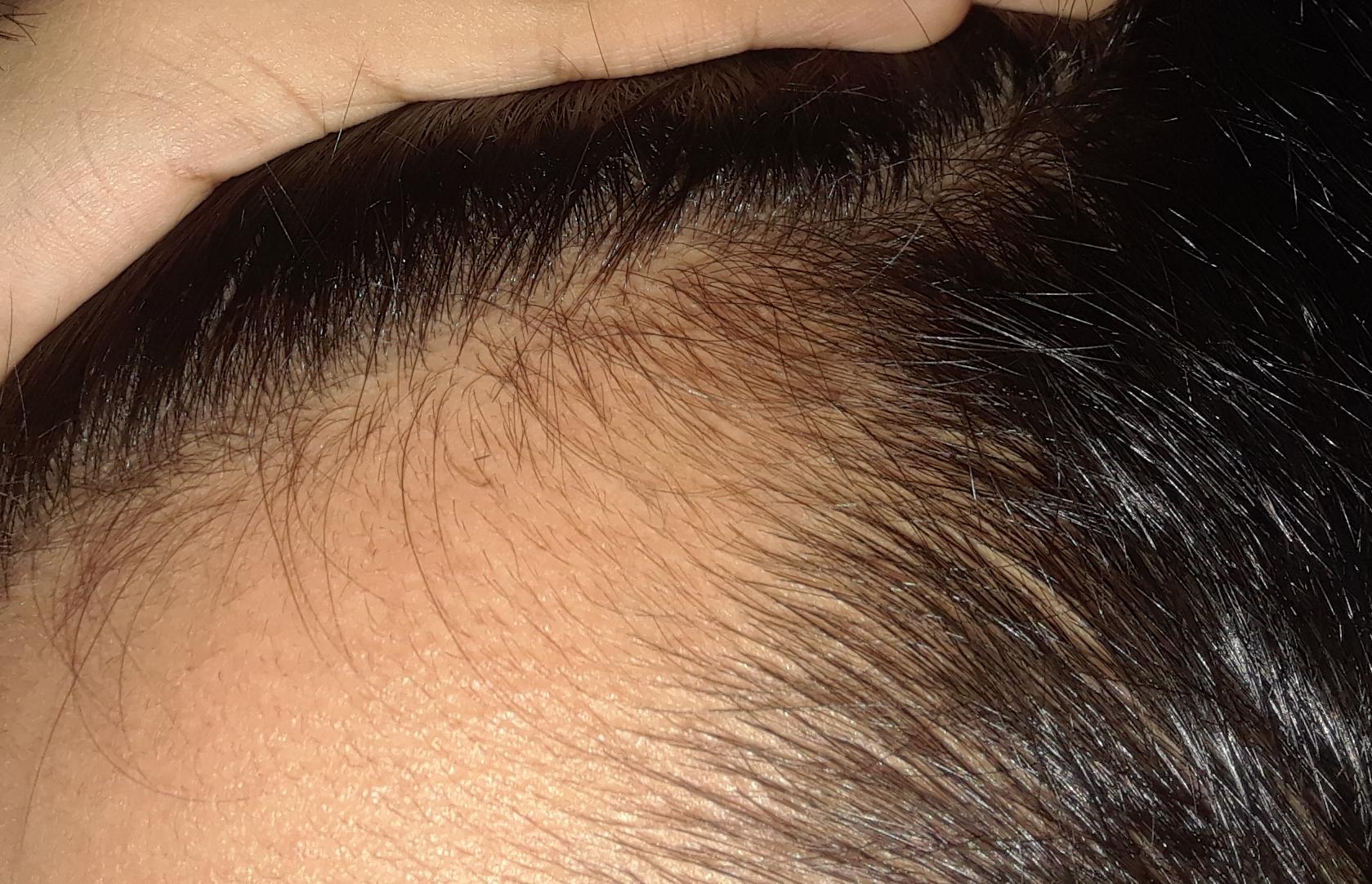
hair loss can be particularly disheartening when caused by medications, chemotherapy, or other sources. Trichologists can help identify what’s causing your hair loss and stimulate new hair growth – typically appearing as fine baby hairs on your scalp, commonly called peach fuzz.
Hair follicles
hair follicles are structures within your skin that house the roots and strands of your hair, looking similar to cylinders with rounded bottoms and possessing a small hole at their top through which your strands grow.
The growth cycle
The hair growth cycle involves three phases: anagen, catagen, and telogen.
Anagen is an active growth period lasting two to six years when scalp hair grows at approximately one centimeter each month. Following the anagen phase is the catagen phase, which lasts about two to three weeks and is the shortest and quickest of the three stages. During this time, cell growth in the hair matrix ceases, and the hair follicle recedes.
After the catagen phase, the telogen phase follows, lasting for about two months. During this phase, 50 to 100 telogen hairs are shed daily when brushing or combing your head. This shedding may cause noticeable hair fall-out.
Stress, diet, and other external influences can alter the length of time hair spends in its anagen and telogen stages, leading to excess shedding and noticeable hair thinning.
The telogen phase
Once your hair enters the catagen phase, it enters a resting period known as the telogen phase. At this stage, the hair follicle shuts down and decreases in size, leading to excessive hair fall due to Telogen Effluvium (TE).
During the telogen phase, your hair remains attached to its follicle with a bulb of keratin at its root (known as club hair). The anagen phase resumes after this resting stage ends, and new growth begins.
The anagen phase
The anagen phase is the longest stage in the hair growth cycle. It occurs when your roots actively produce new growth from its base. This phase typically lasts several years for scalp hairs, while it lasts longer for eyebrow and pubic hairs.
Within the anagen phase are two sub-phases known as proanagen and metanagen.
After the anagen phase, a signal initiates the transition to the catagen phase. The catagen phase is usually the shortest among the four hair growth cycles, typically lasting just weeks. During this phase, follicles slow their growth rate and eventually become club hairs that will shed when the resting telogen phase arrives.
As part of the shedding process, it’s normal for individuals to lose 50-100 hairs each day. When hair follicles enter the telogen phase, it may take three months until the resting strands reawaken into activity.

